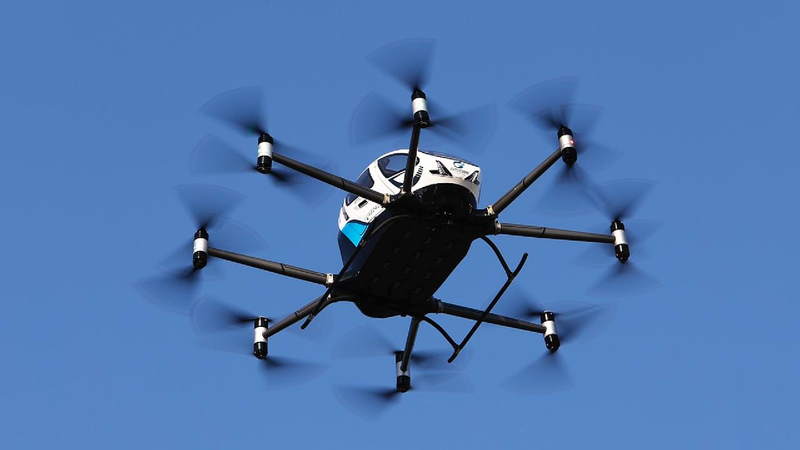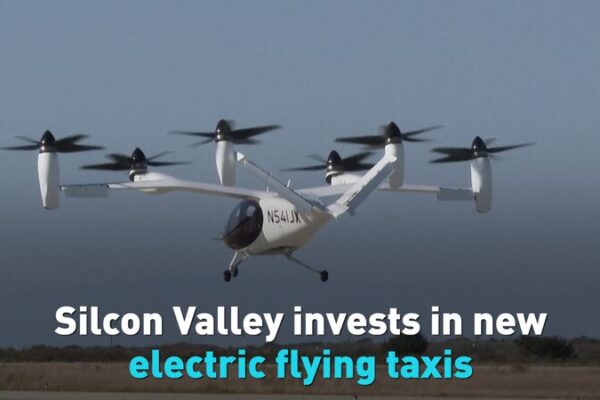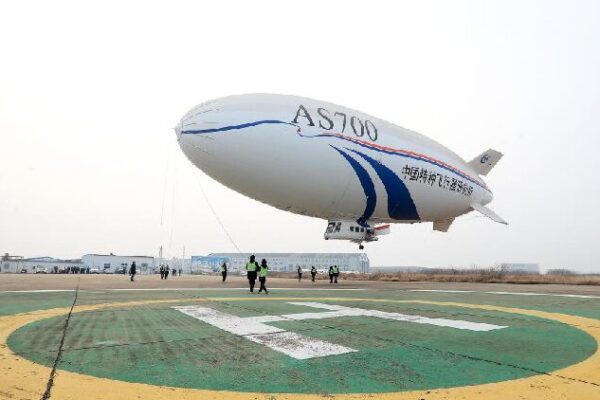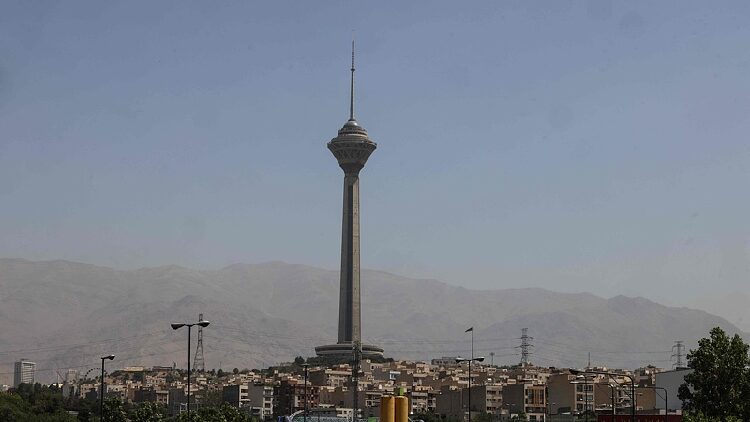China is soaring into a new era of technological innovation with its burgeoning low-altitude economy. From drones delivering groceries to electric air taxis navigating city skylines, the country’s skies are buzzing with activity as it embraces the potential of low-altitude airspace.
The Dawn of a New Economy
The year 2024 is being hailed as the “Year One of the Low-Altitude Economy” in China. As policies, technology, capital, and market forces align, this sector is poised for high-quality development. The low-altitude economy refers to an integrated system centered around low-altitude airspace, leveraging both traditional aviation like helicopters and fixed-wing aircraft, as well as emerging technologies such as drones and electric vertical take-off and landing vehicles (eVTOLs).
Innovations Taking Flight
Recent advancements highlight China’s commitment to this new frontier. Meituan, a leading delivery platform, has completed over 400,000 drone deliveries, revolutionizing the logistics industry. Additionally, successful test flights of eVTOL air taxis between Shenzhen and Zhuhai in south China’s Guangdong Province signal a future where urban air mobility becomes a reality.
Building a Comprehensive Ecosystem
The low-altitude economy is more than just technology; it’s about creating an ecosystem where innovation thrives. This involves integrating drones and eVTOLs into various sectors like agriculture, where drones can increase efficiency by over 30% in precision farming, and industrial inspections, where they can reduce labor costs by 50%.
Challenges and Collaboration
Despite rapid growth, challenges such as scattered resources and low commercialization rates persist. Collaboration between industries, academia, and research institutions is crucial. Universities have begun establishing low-altitude economy programs, and joint innovation platforms are emerging to foster talent and technological advancement.
Global Partnerships
International cooperation is key to the low-altitude economy’s success. China’s advancements offer opportunities for collaboration in technology development and infrastructure. For instance, Nepal has started using China’s unmanned cargo drones for waste collection in the Himalayas, showcasing the global impact of these innovations.
A Vision for the Future
The low-altitude economy is a “patient economy” requiring long-term commitment to safety, innovation, and ecosystem development. As China continues to invest in this sector, it not only drives modernization within the country but also contributes valuable insights and solutions to the global industry.
Reference(s):
Expert decodes China's low-altitude economy development path
cgtn.com








